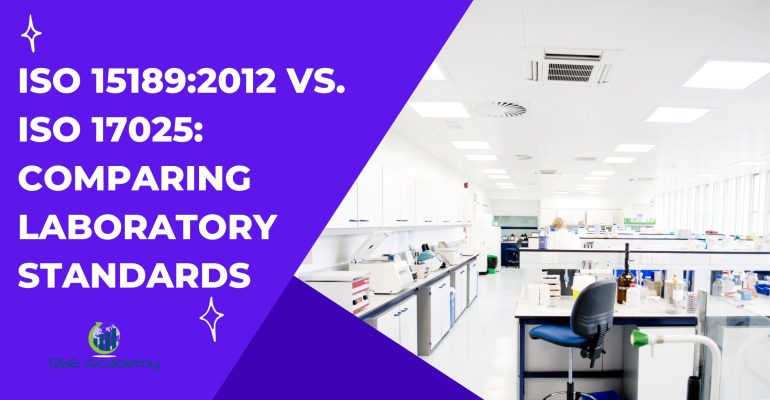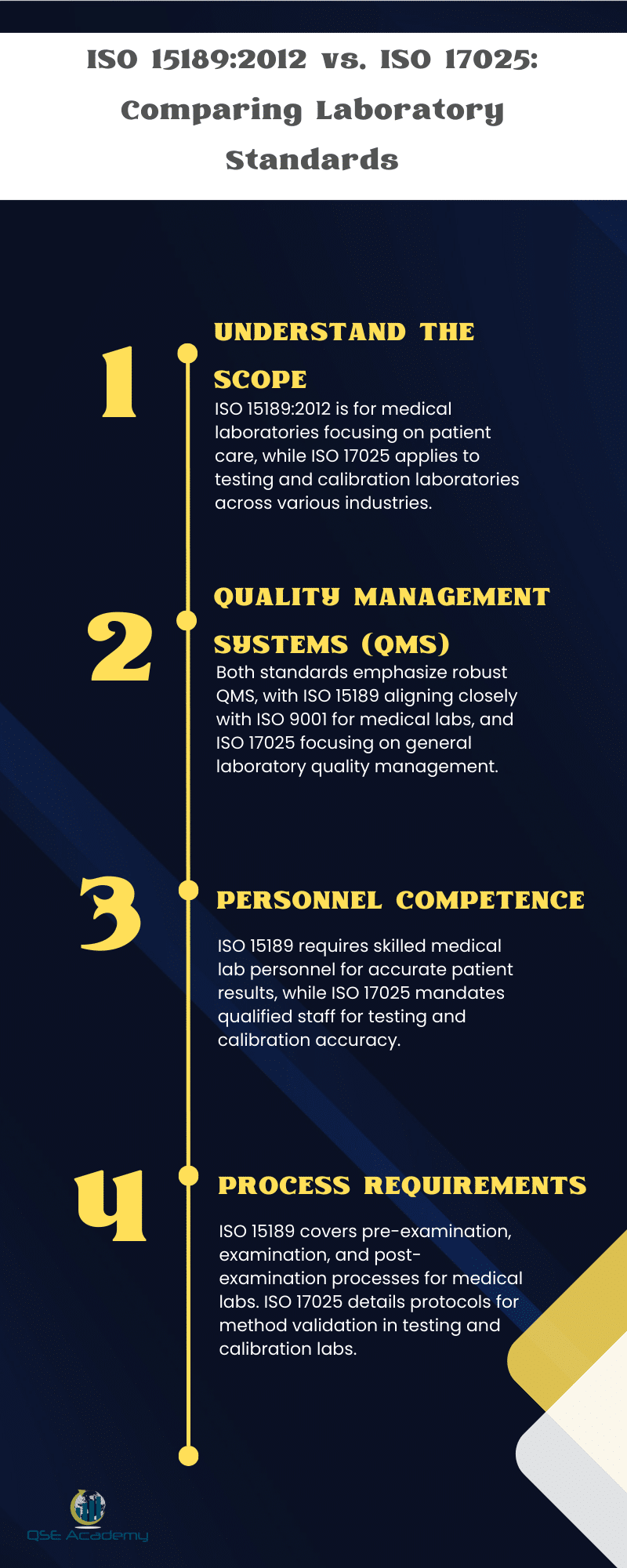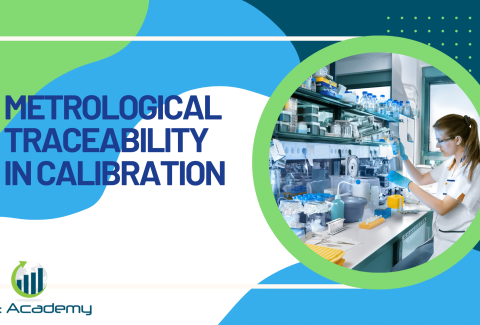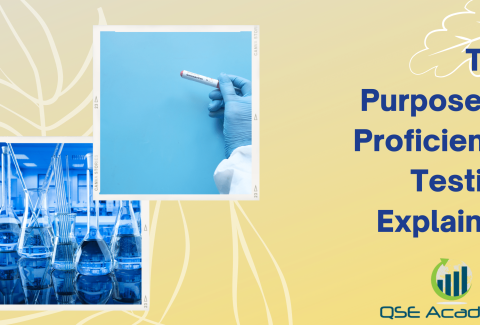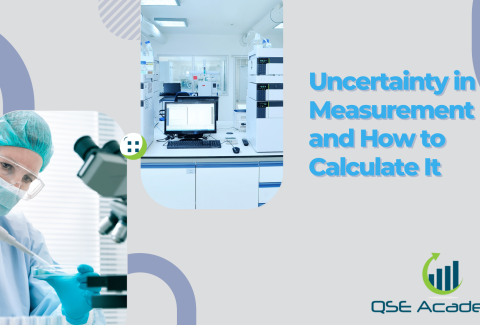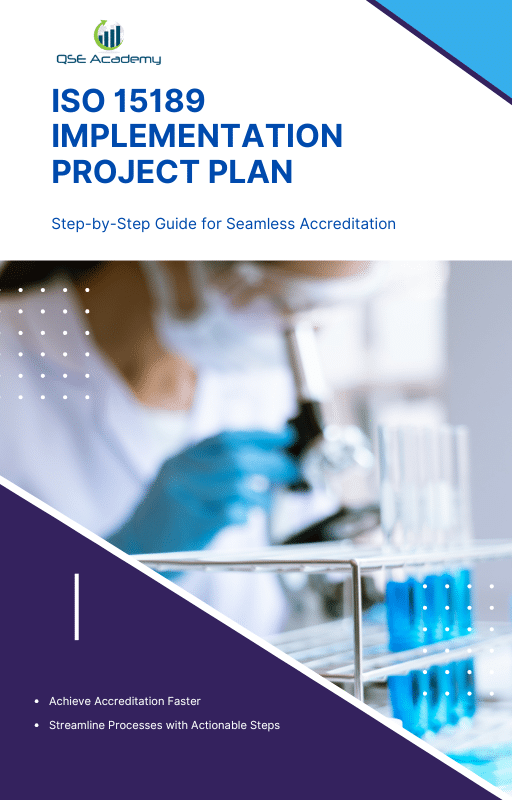ISO 15189:2012 vs. ISO 17025: Comparing Laboratory Standards
In a world striving for precision, laboratory standards are the unsung heroes assuring quality and consistency. ISO 15189:2012 and ISO 17025 are two heavyweight contenders in the realm of laboratory accreditation, each with its own area of specialty. This article delves into the nuances of both standards, comparing their applications and efficacies to guide laboratories in their quest for accreditation excellence.
Introduction
Laboratory standards play a pivotal role in maintaining high-quality services and ensuring competence across various types of laboratories. Adherence to international standards is crucial for laboratories to demonstrate their capability to consistently produce valid and reliable results. ISO 15189:2012 and ISO/IEC 17025 are two prominent international standards designed for different types of laboratories, with ISO 15189 being specific to medical laboratories and ISO 17025 being applicable to calibration and testing laboratories.
ISO 15189:2012 outlines the quality management system requirements specific to medical laboratories. This standard emphasizes the needs for patient care and adds specific requirements related to the clinical environment, including handling patient samples, information management, and dealing with patient-related information and data.
ISO/IEC 17025, on the other hand, is a general requirement standard for testing and calibration laboratories. It provides a foundation for laboratories to control their processes and ensure quality, covering technical requirements and fostering a culture of continuous improvement.
The purpose of comparing these standards is to understand their applicability, focus areas, and the unique requirements they present for laboratory management and operations. Such comparison assists in identifying the suitable standard for a particular type of laboratory activity, while also exploring potential synergies and compliance with international practices.
Understanding ISO 15189:2012
ISO 15189:2012 is an international standard specifically designed for medical laboratories. The primary objectives of this standard are to enhance the quality of laboratory services, ensure the reliability of testing results, and confirm the competencies of medical laboratories, thus contributing to patient care. It addresses a comprehensive set of requirements that these laboratories must meet to be accredited.
The key requirements of ISO 15189:2012 can be categorized as follows:
- General requirements: Laboratories must comply with legal, ethical, and regulatory standards.
- Structural requirements: There should be clear organizational management with a defined quality management system (QMS) in place.
- Resource requirements: It mandates that laboratory personnel should be skilled and that there should be adequate facilities and equipment to support all laboratory activities.
- Process requirements: Processes spanning pre-examination, examination, and post-examination activities must be robust and systematic.
- Management system requirements: Regular audits, periodic management reviews, and a commitment to continuous improvement are essential components to maintaining the high standards set out in this ISO.
It underlines the importance of not only the technical aspects but also the operational and administrative processes that contribute to the overall quality and efficacy in a medical laboratory setting.
Understanding ISO 17025
ISO/IEC 17025 is an international standard, aimed specifically at testing and calibration laboratories. The objective is to verify these labs’ ability to produce accurate and reliable results, promoting confidence in their work both domestically and internationally.
Key Requirements of ISO/IEC 17025 include:
- General Requirements: Laboratories must adhere to principles of impartiality and maintain confidentiality in all their operations, eliminating potential risks of bias and ensuring privacy of information.
- Structural Requirements: The standard necessitates a defined structure for laboratory organizations, including appropriate management systems and quality management practices.
- Resource Requirements: It stipulates criteria for laboratory personnel, facilities, and equipment, ensuring that all are suitable for the purpose of conducting laboratory activities effectively.
- Process Requirements: ISO/IEC 17025 specifies the proper handling of testing and calibration methods, including their validation. It also addresses the need for traceability of measurements and calibrations to recognized standards.
- Management System Requirements: Laboratories are required to conduct regular audits and management reviews, implement corrective actions where necessary, and foster a culture of continuous improvement.
ISO/IEC 17025 ensures that laboratories operate at a high level of quality, meeting both technical and management system standards that contribute to the reliability and precision of their testing and calibration activities.
Comparative Analysis
Scope and Applicability: ISO 15189 is specifically tailored for medical laboratories focusing on quality and competence pertinent to patient care. In contrast, ISO 17025 applies to testing and calibration laboratories, servicing a diverse range of industries beyond healthcare.
Quality Management Systems (QMS): Both ISO 15189 and ISO 17025 encompass stringent QMS requirements. ISO 15189 aligns closely with requirements of ISO 9001 and incorporates additional criteria to meet the particular needs of patient-oriented services. ISO 17025 has a broader approach suitable for all laboratory environments, emphasizing the reliability of testing and calibration results.
Personnel Competence: The standards highlight the necessity for competent laboratory personnel through rigorous education, training, and competence assessment. Continuous professional development is underscored to maintain swift adaptation to evolving technologies and methodologies.
Process Requirements: ISO 15189 delineates requirements for pre-examination, examination, and post-examination activities, addressing the full cycle of handling patient samples. ISO 17025 sets forth protocols for the validation of testing and calibration methods, ensuring accurate and repeatable results.
Resource Management: Both standards mandate well-maintained facilities and equipment, with ISO 17025 placing particular emphasis on the calibration of equipment to ensure traceability.
Impartiality and Confidentiality: Imperiality and confidentiality are critical under both standards, mandating laboratories to mitigate potential risks associated with conflicts of interest and to safeguard patient or client data.
Both standards serve as benchmarks for laboratory management to deliver quality services, promoting confidence in laboratory activities among stakeholders and customers.
Implementation Strategies
When it comes to the implementation of standards like ISO 15189 and ISO 17025 within medical and calibration laboratories, respectively, a strategic approach is vital. This begins with a thorough gap analysis, which serves to identify the disparities between current processes and the desired standard’s requirements. A gap analysis, a critical step in the pathway to accreditation, pinpoints areas needing improvement and aids in the development of a structured compliance action plan. With a focus on areas such as quality management, laboratory management, and the competence of laboratory personnel, the plan will outline the steps necessary to align the laboratory’s practices with the international standards.
The action plan often includes enhancing documentation and record-keeping practices, a cornerstone for demonstrating compliance with the requirements of ISO and maintaining quality services. Moreover, it emphasizes the importance of initiating training programs that ensure personnel are proficient in their roles, aware of any potential risks associated with their tasks, and capable of conducting laboratory activities, ensuring continuous improvement.
Integral to the strategy is a schedule for regular audits and management reviews. These assessments must be designed to check the effectiveness of the implementation process, identify opportunities for process improvement, and ensure a cycle of ongoing quality enhancement. By adhering to these strategies, laboratories work towards assuring the reliable results that are essential for quality patient care.
Case Studies and Best Practices
Case Study 1: Implementing ISO 15189:2012 in a Medical Laboratory
Implementation Process: The laboratory adopted a comprehensive approach to align operations with ISO 15189 requirements for quality and competence. Emphasis on risk management was integral, alongside updating procedures to ensure continuous improvement.
Challenges and Solutions: Initial challenges included integrating a new quality management system and training laboratory personnel. Solutions involved extensive workshops and creating a culture of quality services and patient care.
Results: Post-implementation, there were notable improvements in the accuracy of patient samples analysis, leading to higher confidence in patient care decisions. The laboratory was recognized as a referral laboratory for its superior standards.
Case Study 2: Implementing ISO 17025 in a Calibration Laboratory
Implementation Process: The calibration laboratory initiated changes to meet ISO/IEC 17025 standards, focusing on calibration and testing competence. Quality management and process improvement were key targets.
Challenges and Solutions: The laboratory confronted difficulties with documenting procedures and managing hazardous materials safely. Response strategies included adopting ISO/IEC Guide methodologies and training for laboratory management on potential risks and corrective actions.
Results: The laboratory experienced improvements in measurement precision and calibration services quality, leading to accreditation by an authorized accreditation body.
Best Practices for Compliance:
- Developing a robust quality management system that fosters opportunities for improvement.
- Utilization of technology for streamlined management reviews and data handling.
- Promoting stakeholder engagement to ensure all laboratory activities meet the additional requirements of both ISO 15189 and ISO 17025 standards.
Conclusion
When it comes to laboratory accreditation, the choice between ISO 15189 and ISO/IEC 17025 pivots on the laboratory’s focus and the specific requirements of its clientele. ISO 15189:2012 is tailor-made for medical laboratories with an emphasis on factors impacting patient care—making it essential for laboratories that process patient samples. Laboratory management and laboratory personnel are required to navigate additional requirements such as pre-analytical and post-analytical processes, which are crucial in the medical field.
Conversely, ISO/IEC 17025 is the go-to international standard for calibration and testing laboratories, stressing the technical proficiency and quality management of their services. Laboratories dealing with chemical, physical, and biological testing gain credibility with this accreditation, as it confirms their capabilities in generating precise and reliable results.
Both standards share a joint platform focusing on continuous improvement and quality services but diverge to cater to their respective domain’s unique dynamics. Laboratory activities, regardless of the standard adopted, benefit from a stringent commitment to quality, potential risk identification, corrective actions, and opportunities for improvement. The future trajectory points toward a greater emphasis on risk management, process improvement, and safeguarding against hazardous materials, ensuring that both standards evolve to maintain relevance and effectiveness in their given contexts.
References
For a comprehensive understanding of ISO 15189 and ISO 17025, a variety of authoritative sources and industry guidelines should be consulted. The primary documents are the standards themselves:
- ISO 15189:2012 – Medical laboratories — Requirements for quality and competence. This international standard specifies requirements for quality and competence particular to medical laboratories. It focuses on the continuum of care directly connected with the patient.
- ISO/IEC 17025:2017 – General requirements for the competence of testing and calibration laboratories. This document contains the general requirements that testing and calibration laboratories must meet to demonstrate that they operate a quality system, are technically competent, and can generate technically valid results.
Additional documents that provide guidance and context include:
- ISO/IEC Guide 99:2007 – International Vocabulary of Metrology – Basic and General Concepts and Associated Terms (VIM)
- Industry-specific guidelines that explain the practical application of these standards in medical and calibration laboratories.
- Standards from related fields, addressing laboratory safety and risk management practices.
For updates, interpretations, or additional requirements, it is essential to consult with the local accreditation body.
This list is by no means exhaustive but serves as a starting point for those interested in delving deeper into the requirements of ISO 15189 and ISO 17025 and the effective management of laboratory operations.
Appendix
ISO 15189 and ISO 17025 are two internationally recognized standards that provide a framework for the competence of testing and calibration laboratories. While ISO 15189 is tailored specifically for medical laboratories with an emphasis on patient care, ISO/IEC 17025 is applicable to all laboratory environments, including calibration laboratories.
To assist laboratories in achieving compliance with these standards, a range of additional resources and tools are available:
- Templates and checklists for ISO 15189:2012 and ISO/IEC 17025 help ensure that all the requirements for quality and competence are thoroughly addressed and documented.
- Training and certification programs offer laboratory personnel the opportunity to gain the necessary expertise in the international standard, quality management systems, and technical requirements that pertain to their specific roles.
Key aspects such as management requirements, laboratory activities, and the handling of hazardous materials are covered by both standards to promote quality services. Use of these resources equips laboratories with the necessary procedures for corrective actions, continuous improvement, and risk management, ensuring that they meet the needs of the patients or clients depending on the standard they adhere to.
For a comprehensive understanding and application of these requirements, laboratories are encouraged to engage with accredited ISO standard training providers and utilize the available tools to streamline their processes for achieving accreditation.
Looking for More Resources on ISO 15189?
If you found this article helpful, explore our premium resources designed to help you achieve ISO 15189 certification efficiently:
- 📦 Complete Documentation Package for ISO/IEC 15189 2022: Get all the essential templates and documents you need for fast, easy implementation.
- 🎓 Online Course on ISO/IEC 15189 2022 : Enroll in our comprehensive training to master the key concepts and practical steps toward certification.
- 📋 ISO/IEC 15189 2022 Checklist: Download our detailed checklist to ensure you’ve covered every step of the process.
These resources are tailored to meet your needs and ensure a smooth certification journey. Explore them today and get one step closer to success!

